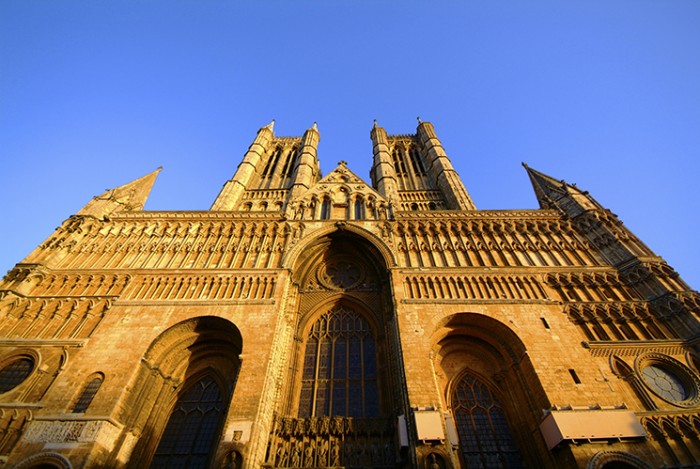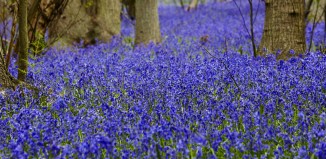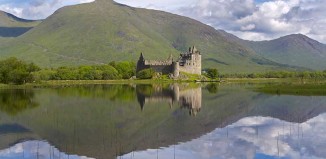Myths and legends behind Britain’s churches
Britain’s religious buildings are more than just places of worship. Over the many centuries they have been standing, our churches, abbeys and sacred sites have been the setting for historical dramas both sacred and profane, and spawned numerous myths and legends surrounding their history and origins. We discover the sites with the strangest stories, all of which you can still visit today.
Glastonbury Abbey, The Legend of King Arthur
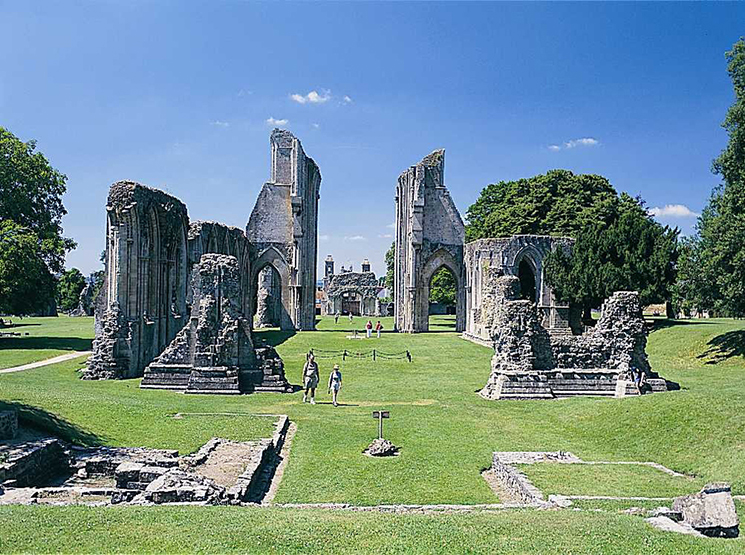
Some say Glastonbury Abbey in Somerset is the location of the fabled Isle of Avalon, final resting place of King Arthur, while others believe that Joseph of Arimathea came here from the Holy Land, bringing with him the Holy Grail and founding Britain’s first church. Monks claimed they’d unearthed the remains of King Arthur and Guinevere back in the 12th century. Today the abbey is a romantic ruin of high gothic arches in beautiful parkland at the heart of Glastonbury.
Lud’s Church, Gawain and the Green Knight
Not a church as you’d understand it, Lud’s Church is a rocky gorge in the Staffordshire Moors which is said to have been sacred to the early Britons. It’s also famously associated with the legend of Gawain and the Green Knight, a medieval poem about a green-skinned, occasionally headless horseman who challenges one of King Arthur’s knights to a deadly test of courage.
Deep in a part of the Peak District known as Black Forest, Lud’s Church is certainly a spooky place, not least because the gorge bottom is only touched by sunlight on Midsummer’s Day. Despite this, it’s one of the region’s most popular walking spots, surrounded by atmospheric woodland and views over the Peak District National Park.
Rosslyn Chapel, Secret code of the Knights Templar
Made famous by the film and novel Da Vinci Code, the 15th-century Rosslyn Chapel in Edinburgh, Scotland, has long been steeped in mystery. Step inside and you’ll see that every inch of the walls and ceiling are covered in elaborate carvings with such an array of unusual symbols that some believe they are a secret code. A number of legends have grown up around Rosslyn and some claim it’s the hiding place for the treasure of the Knights Templar, a once powerful society of crusaders, or that it was the final resting place of the legendary Holy Grail.
Lincoln Cathedral, The Lincoln Imp
Above the altar in Lincoln’s magnificent gothic cathedral — the tallest building in the world at the start of the 14th century — you’ll see a small stone goblin. The story goes that the devil sent two of these imps to Lincoln to stir up trouble and, reaching the cathedral, they knocked over chairs, upended tables, tripped the bishop over, and caused all kinds of trouble.
An angel soon appeared to repel them, causing one imp to flee in fear. The braver of the two imps climbed high above the altar and threw rocks at the angel, who retaliated by turning him to stone. To this day, the stone imp stands frozen in place. Whether you believe the tale or not, Lincoln Cathedral is one of Britain’s finest medieval buildings.
Canterbury Cathedral, The Murdered Archbishop
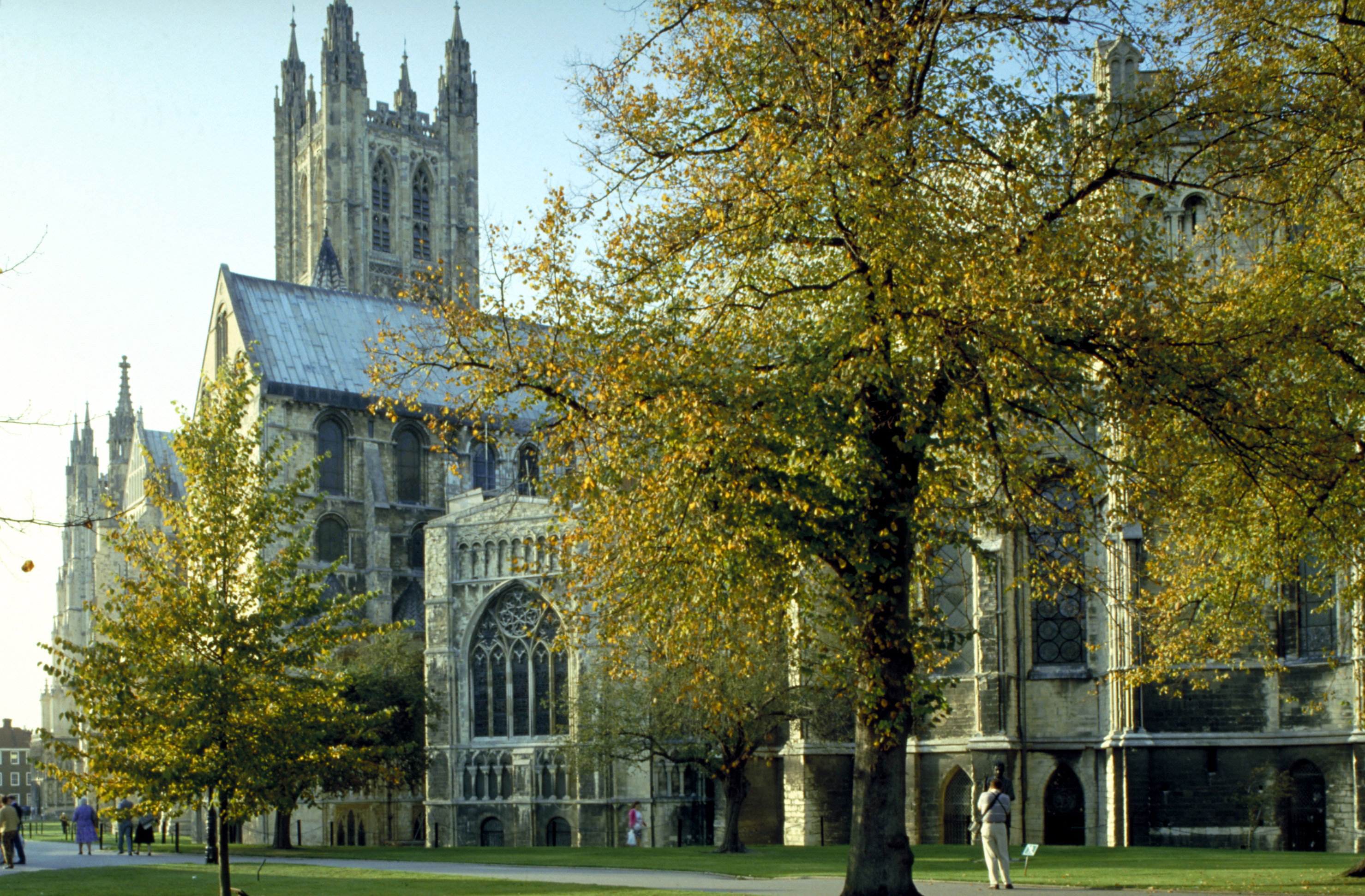
The most famous tale about Kent’s Canterbury Cathedral is no myth, but a grisly truth. In 1170, acting on a comment made by an enraged Henry II, a group of knights murdered the then Archbishop of Canterbury, Thomas Becket. The event sent a wave of shock through medieval Europe. Henry II even did penance for the crime by walking barefoot through the streets of Canterbury while a group of monks whipped him.
Today you can see the spot where the crime happened and visit the tomb of Saint Thomas — for centuries a site of pilgrimage — while you admire one of England’s oldest and most famous cathedrals.

